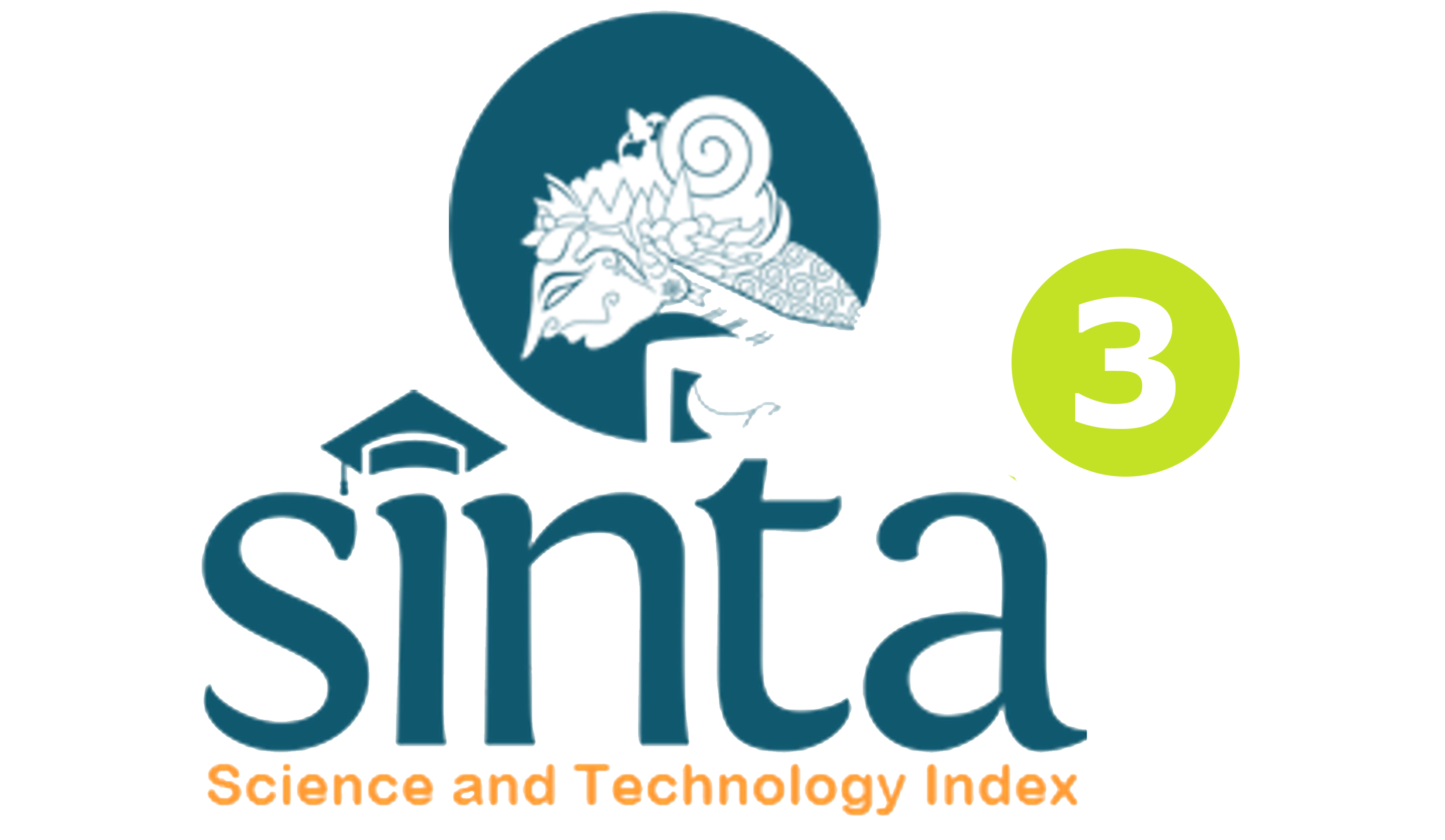PENERAPAN KONSELING RATIONAL EMOTIF DENGAN TEKNIK MODELING UNTUN MEMINIMALISIR KECENDRUNGAN PERILAKU MENYIMPANG SISWA KELAS VIII C SMP NEGERI 3 SINGARAJA TAHUN AJARAN 2013/2014
DOI:
https://doi.org/10.23887/jibk.v2i1.4382Abstract
Penelitian ini bertujuan untuk meminimalisir kecendrungan perilaku menyimpang siswa Kelas VIII C SMP Negeri 3 Singaraja, melalui Konseling Rational Emotif dengan Teknik Modeling. Penelitian ini merupakan penelitian tindakan bimbingan konseling (PTBK) dengan subjek sebanyak 3 orang siswa yang memiliki kecendrungan perilaku menyimpang. Data tentang kecendrungan perilaku menyimpang siswa dikumpulkan dengan kuisioner dan dianalisis dengan analisis deskriptif. Hasil penelitian menunjukan adanya penurunan perilaku menyimpang setelah diberikan layanan konseling rational emotif dengan teknik modeling pada siswa pada siklus I terjadi penurunan perilaku menyimpang siswa dari rata-rata persentase awal 85,55% menurun menjadi 62,89% persentase penurunannya adalah 22,66% namun hanya 1 orang siswa yang mampu mencapai kriteria dibawah 65% sehingga diadakan siklus II. Pada siklus II terjadi penurunan kecendrungan perilaku menyimpang siswa dari rata-rata persentase siklus I 67,33% menjadi 53,33% dan persentase penurunannya adalah14%. Maka dari itu, seluruh siswa dapat mencapai kriteria di bawah 65%. Hasil penelitian menunjukan adanya penurunan kecendrungan perilaku menyimpang siswa setelah diberikan konseling rational emotif dengan teknik modeling . Dari hasil penelitian dapat disimpulkan bahwa penerapan konseling rational emotif dengan teknik modeling dapat meminimalisir kecendrungan perilaku menyimpang.Kata Kunci : Konseling Rational emotif teknik modeling, kecendrungan perilaku menyimpang
This case study attempts to minimze inclanation deviate behavior of the students of grade VIII SMPN 3 Singaraja through the rational emotif counselling with the modelling technique. This study is an action counselling method (PTBK) with 3 subject who had inclanation deviate behavior. The data collected use questionnaire and analyze with descriptive analysis. The results of the research show that there is a reduction of inclanation deviate behavior after to be given the service of emotif rational through the modelling technique. At the first cycle there is a reduction of incanation deviate behavior from 85,55% to 62,89%. The descent percentage is 22,66% but only 1 student who reach the standard achievment under 65%, so then it should continue to the counselling cycling II. At the cycle II, the students are already achieving descent of inclanation deviate behavior from percentage cycle I is 67,33% to 53,33% and the descent percentage is 14%. So, the students had reach the standard achievment under 65%. Based on result of study, the study conclude that application of retional emotif counselling through the modelling can to minimize of inclanation deviate behavior.
keyword : Rational Emotif counseling, Modeling technique, inclanation deviate behavior.
Published
Issue
Section
License
Jurnal Ilmiah Bimbingan Konseling Undiksha is an Open Access Journal. The authors who publish the manuscript in this journal agree to the following terms:
JIBK is licensed under a Creative Commons Attribution 4.0 International License. This permits anyone to copy, redistribute, remix, transmit and adapt the work provided the original work and source is appropriately cited.
This means:
Jurnal Ilmiah Bimbingan Konseling is licensed under a Creative Commons Attribution 4.0 International License.
(1) Under the CC-BY license, authors retain ownership of the copyright for their article, but authors grant others permission to use the content of publications in JIBK in whole or in part provided that the original work is properly cited. Users (redistributors) of JIBK are required to cite the original source, including the author's names, JIBK as the initial source of publication, year of publication, volume number, issue, and Digital Object Identifier (DOI); (2) The authors are the copyright owner of the article, and the author grants the JIBK held the first publication right.









.png)

.jpg)
